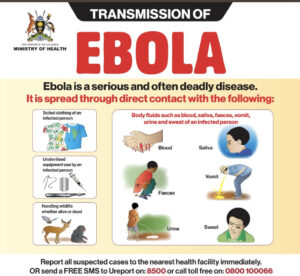An aneurysm is a balloon-like bulge in the wall of a weakened blood vessel. If the bulging stretches the vessel wall too far, the vessel may burst.
The aorta is the artery that carries blood from the heart to the rest of the body. An aneurysm in the aorta is called an aortic aneurysm. You can die if an aneurysm causes this main artery to burst and it is not treated in time. An aortic aneurysm may be located in your chest (thoracic aneurysm), but most are located below the kidneys in the lower stomach area (abdominal aneurysms).
What causes an aneurysm?
Any condition that causes the walls of the arteries to weaken can lead to an aneurysm. Atherosclerosis (a build-up of plaque in the arteries), high blood pressure, and smoking increase your risk. Deep wounds, injuries, or infections can also cause blood vessels to bulge. In some cases, an aneurysm may be a congenital condition, meaning you are born with it. Certain inherited diseases can also increase the risk for developing an aneurysm. For example, an inherited disease called Marfan syndrome, which affects the body’s connective tissue, causes people to have long bones and very flexible joints. People with this syndrome often have aneurysms.
What are the symptoms?
Aortic aneurysms may cause shortness of breath, a croaky or raspy voice, backache, or pain in your left shoulder or between your shoulder blades. An aortic aneurysm in the stomach area may cause pain or tenderness. You may also have an upset stomach or feel less hungry.
How are aneurysms detected?
Aneurysms can be detected by physical exam, on a basic chest or stomach x-ray, or by using ultrasound. The size and location can be found through echocardiography or radiological imaging, such as arteriography, magnetic resonance imaging (MRI), and computed tomography (CAT or CT) scanning. See Diagnostic Tests & Procedures.
How are aneurysms treated?
Treatment depends on the size and location of your aneurysm and your overall health. Aortic aneurysms in the upper chest (the ascending aorta) are usually operated on right away. Aneurysms in the lower chest or the area below your stomach (the descending thoracic and abdominal parts of the aorta) may not be as life threatening. Aneurysms in these locations are watched for varying periods, depending on their size. If they become about 5 cm (almost 2″) in diameter, continue to grow, or begin to cause symptoms, you may need to have surgery to keep the aneurysm from bursting.
For aortic aneurysms or aneurysms that happen in the peripheral vessels, surgery involves relining or replacing the weakened section of the aorta with an artificial tube (called a graft).
For patients with smaller or stable aneurysms in the descending aorta or abdominal parts of the aorta—those farthest from the heart—doctors usually ask patients to come in for regular check-ups so they can follow the growth of the aneurysm. If the aneurysm is not growing, patients may live with it for years. Doctors may also prescribe medicine, especially a medicine like a beta-blocker that lowers blood pressure. Medicines that lower blood pressure relieve the stress on the aortic walls, and they are especially useful when the risk of surgery may be greater than the risk of the aneurysm itself.


